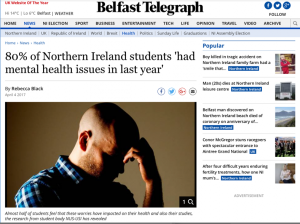The Huffington Post article (http://www.huffingtonpost.com/2012/09/19/pollution-from-burgers-worse-than-trucks_n_1897730.html) entitled “Pollution From Burgers Worse Than From Diesel Trucks” inaccurately claims that the pollution produced by the commercial cooking of burgers (the commercial charbroilers) Is more than double that produced by 18-wheeler trucks.
When one refers to the original article(https://ucrtoday.ucr.edu/8896), however, it is clarified that in fact “When you consider both the directly-emitted PM2.5 from trucks, as well their NOx emissions that form particulate matter in the atmosphere, trucks are responsible for nearly three times the amount of PM2.5 pollution than that emitted by all commercial charbroilers,” amongst other things.The Huffington Post article deliberately deceives the reader by simply quoting a few parts of the article that support the premise that charbroilers are more harmful to the environment than heavy-duty diesel vehicles, for example the quote, “For comparison, an 18-wheeler diesel-engine truck would have to drive 143 miles on the freeway to put out the same mass of particles as a single charbroiled hamburger patty.”
More importantly, however, is that the title of the Huffington Post article implies that it is simply the cooking of burgers in general that produces extortionate amounts of pollution, when in fact the study very specifically focuses upon the method of charbroiling burgers as the primary cause of the high pollution production in the process of cooking burgers.
Moreover, they employ the use of a highly hyperbolic, emotive quote from someone that supposedly lives near a new burger restaurant claiming, “My throat hurt, my eyes burned, I can’t live like this.” This further undermines the already questionable objectivity and reliability of the Huffington Post’s article’s claims. Overall, the article is highly inaccurate and deceptive; deliberately hand-picking phrases from the original article in order to mislead the public into believing something that simply isn’t true; quite possibly in order to support a biased agenda.


